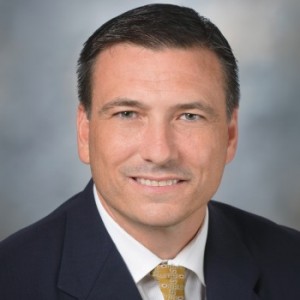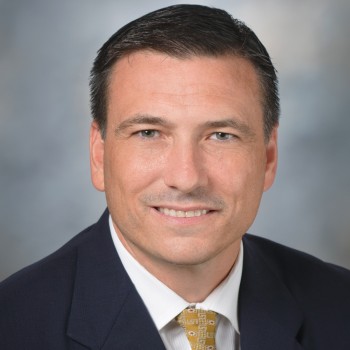
Dr. John Heymach is the chief of the lung cancer and thoracic group at the University of Texas MD Anderson Cancer Center in Houston where he develops new ways to treat and fight lung cancer.
He spends his days developing personalized therapy methods and ways to profile DNA in cancer patients, identifying what mutations they have and targeting drugs to fight those specific mutations.
You can find Dr. Heymach’s bio quite easily on the Internet and you’ll learn that he studied chemistry at Harvard and medicine and neuroscience at Stanford, but you’d be remised to find out that his initial inspiration for science and genetics was in fact developed during his tenure at Sachem High School, where he graduated from in 1985.
“The wonderful thing about graduating from Sachem is they had an incredible range of science classes that most schools wouldn’t be able to offer,” said Dr. Heymach, who is one of three Sachem alums to head to Harvard in his graduating class.
He credits a genetics course he took under the guidance of Fred Gillam, a former New York State Teacher of the Year who has since retired, as well as Advanced Placement Physics and Biology as important to his early development in the sciences.
Adapting to the large class size and abundance of opportunities around the school only helped as he progressed in his educational career.
“I developed the skills for learning how to independently marshal the resources you needed,” he said. “My high school class at Sachem was almost the same size as the one at Harvard, almost 1,600. We had some special teachers, especially in the sciences, that were on par with teachers I’ve met anywhere else.
“Prep schools had a little more intensive preparation in literature and fine arts, but for the things that were important in my career development I’m incredibly pleased with my experience at Sachem.”
After studying at Harvard and Stanford, Dr. Heymach spent time with postgraduate study in Boston in a clinical internship and residency at Brigham and Women’s Hospital and a clinical fellowship at the Dana-Farber Cancer Center.
MD Anderson is the No. 1 cancer center in the world, according to the latest rankings on U.S. News & World Report’s list of the top hospitals. Dr. Heymach said he and his associates have had great success so far in treating lunch cancer, but still have “a long way to go.”
Why lung cancer?
“I was always interested in using the new innovations in science to make the biggest impact I could,” said Dr. Heymach, who lives in Houston with his wife and five children. “Lung cancer kills about 180,000 per year. There had been no improvement in overall survival in over 30 years. I felt it was an opportunity and needed the progress.”
-Words by Chris R. Vaccaro
